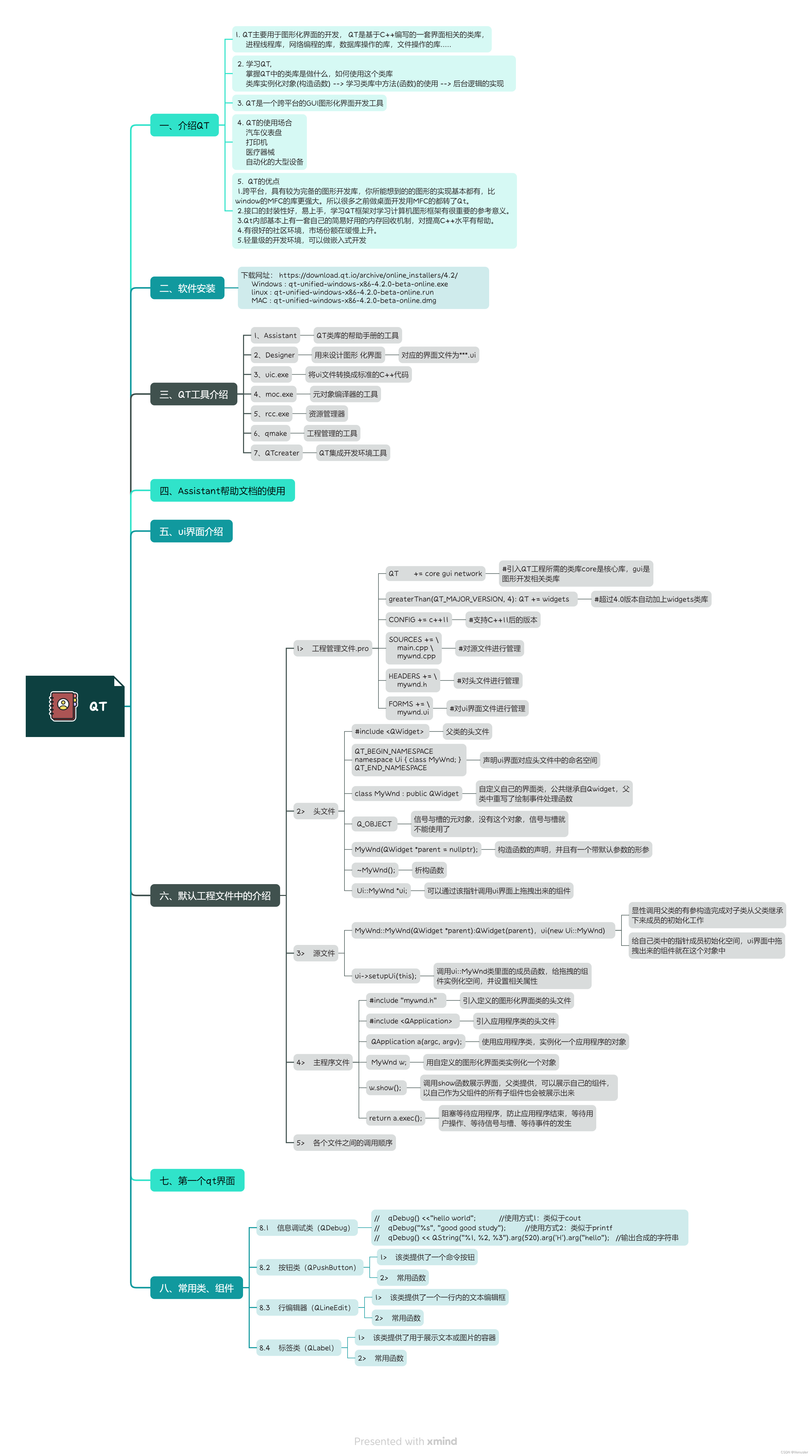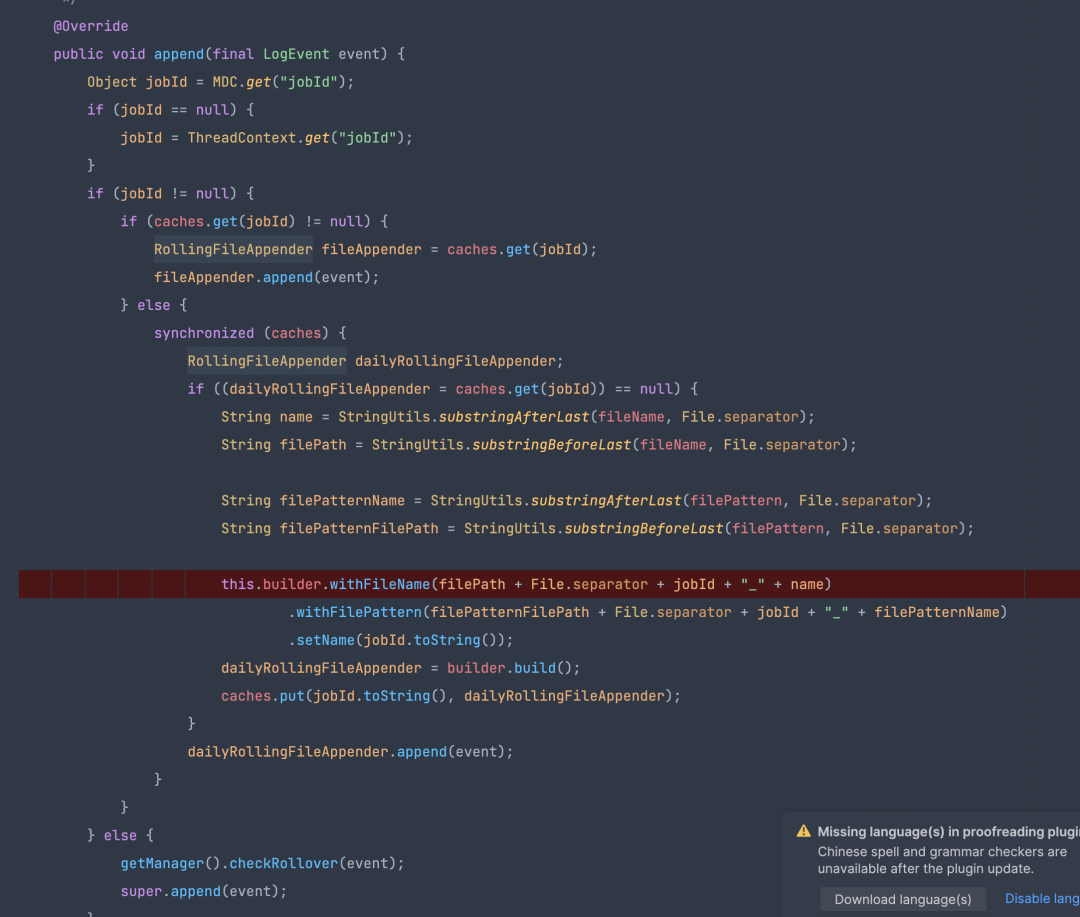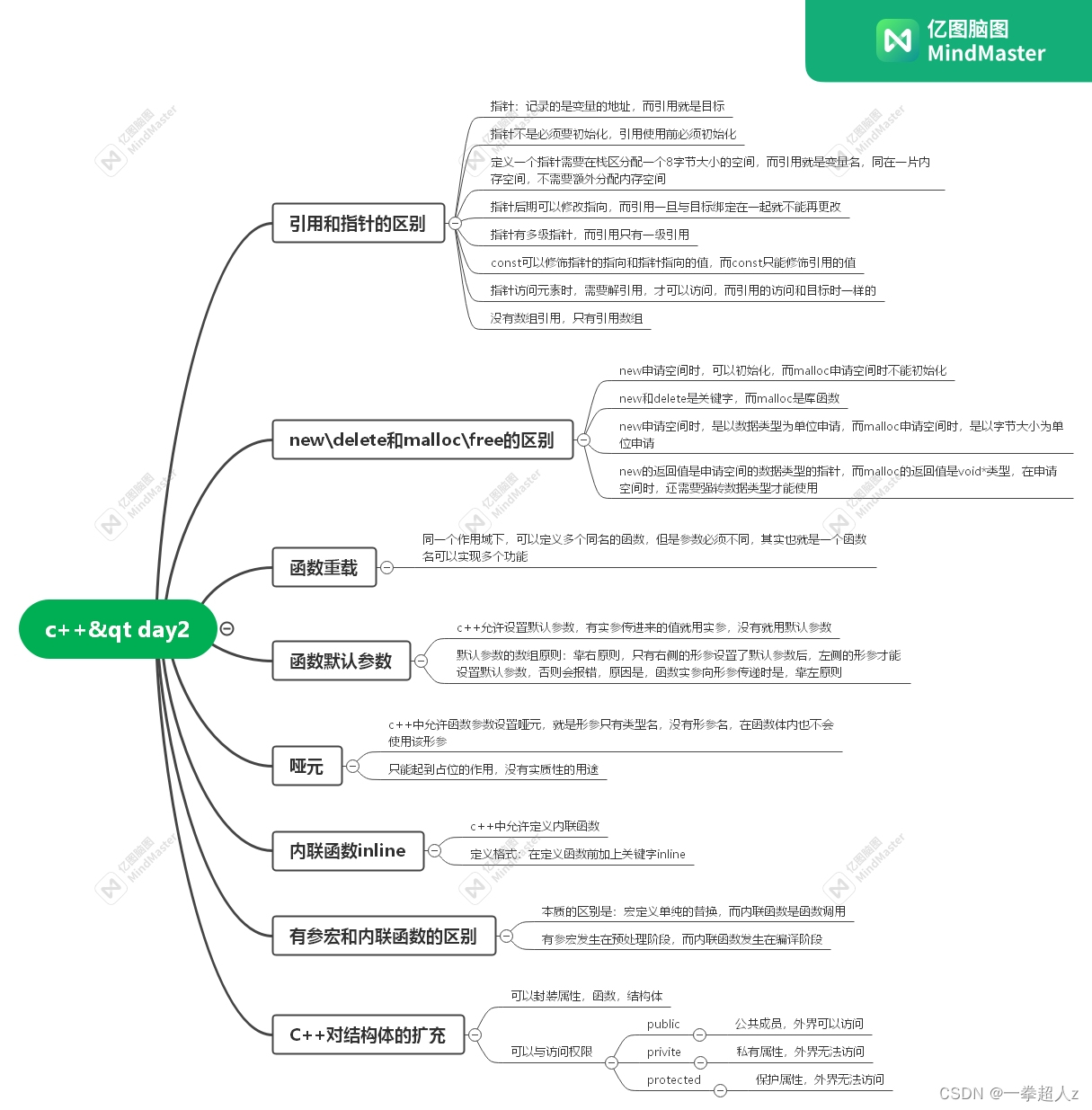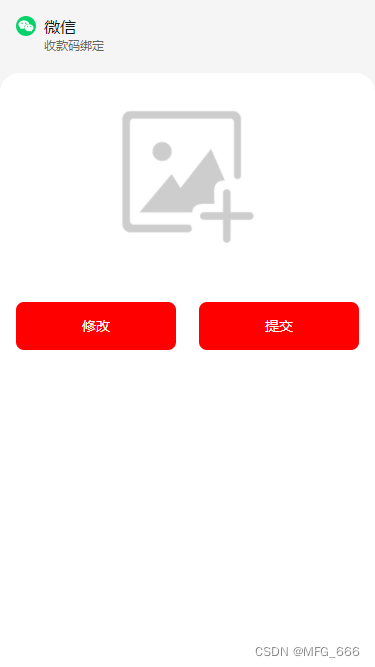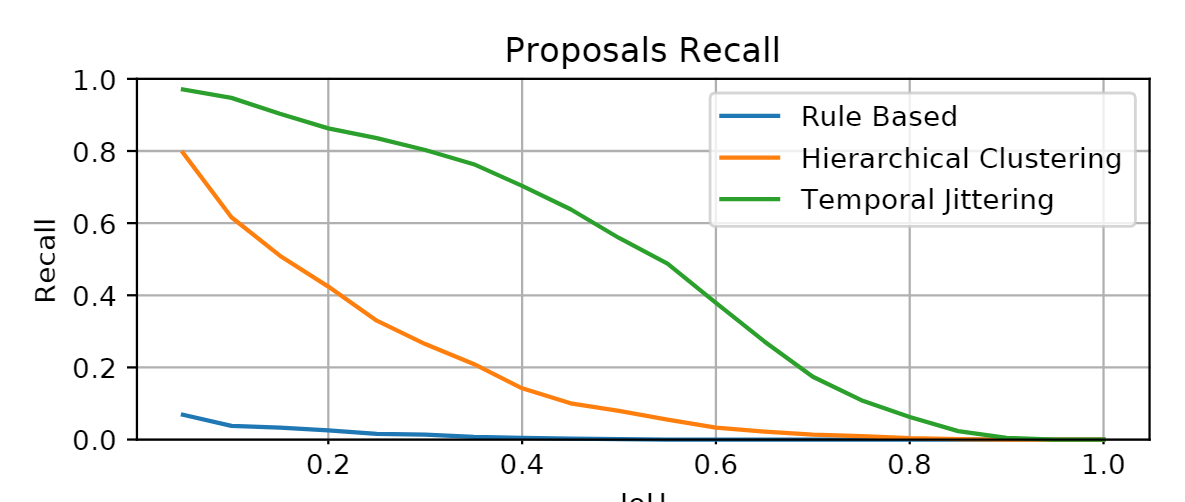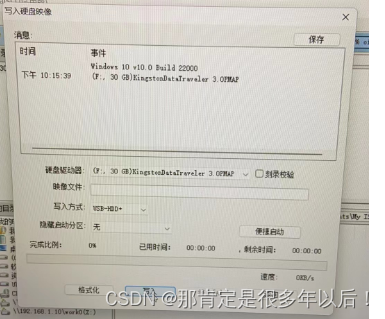文章目录
- 一、Java注解
- 1.1 简介
- 1.2 分类
- 1.2.1 JDK基本注解
- 1.2.2 JDK元注解
- 1.3 自定义注解
- 二、使用自定义注解
- 2.1 **案例一(获取类与方法上的注解值)**
- 2.2 **案例二(获取类属性上的注解属性值)**
- 2.3 **案例三(获取参数修饰注解对应的属性值)**
- 三、Aop自定义注解的应用
一、Java注解
1.1 简介
Java注解是附加在代码中的一些元信息,用于一些工具在编译、运行时进行解析和使用,起到说明、配置的功能。注解相关类都包含在java.lang.annotation包中。
1.2 分类
1.2.1 JDK基本注解
- @Override 重写
- @SuppressWarnings(value = “unchecked”) 压制编辑器警告
1.2.2 JDK元注解
@Retention://定义注解的保留策略
@Retention(RetentionPolicy.SOURCE) //注解仅存在于源码中,在class字节码文件中不包含
@Retention(RetentionPolicy.CLASS) //默认的保留策略,注解会在class字节码文件中存在,但运行时无法获得,
@Retention(RetentionPolicy.RUNTIME) //注解会在class字节码文件中存在,在运行时可以通过反射获取到@Target://指定被修饰的Annotation可以放置的位置(被修饰的目标)
@Target(ElementType.TYPE) //接口、类
@Target(ElementType.FIELD) //属性
@Target(ElementType.METHOD) //方法
@Target(ElementType.PARAMETER) //方法参数
@Target(ElementType.CONSTRUCTOR) //构造函数
@Target(ElementType.LOCAL_VARIABLE) //局部变量
@Target(ElementType.ANNOTATION_TYPE) //注解
@Target(ElementType.PACKAGE) //包
//注:可以指定多个位置,例如:
@Target({ElementType.METHOD, ElementType.TYPE}),//也就是此注解可以在方法和类上面使用
@Inherited://指定被修饰的Annotation将具有继承性
@Documented://指定被修饰的该Annotation可以被javadoc工具提取成文档.
1.3 自定义注解
注解分类(根据Annotation是否包含成员变量,可以把Annotation分为两类):
- 标记Annotation:没有成员变量的Annotation; 这种Annotation仅利用自身的存在与否来提供信息
- 元数据Annotation:包含成员变量的Annotation; 它们可以接受(和提供)更多的元数据
二、使用自定义注解
pom.xml
<?xml version="1.0" encoding="UTF-8"?>
<project xmlns="http://maven.apache.org/POM/4.0.0" xmlns:xsi="http://www.w3.org/2001/XMLSchema-instance"xsi:schemaLocation="http://maven.apache.org/POM/4.0.0 https://maven.apache.org/xsd/maven-4.0.0.xsd"><modelVersion>4.0.0</modelVersion><parent><groupId>org.springframework.boot</groupId><artifactId>spring-boot-starter-parent</artifactId><version>2.3.7.RELEASE</version><relativePath/> <!-- lookup parent from repository --></parent><groupId>com.xqx</groupId><artifactId>spboottest01</artifactId><version>0.0.1-SNAPSHOT</version><name>spboottest01</name><description>Demo project for Spring Boot</description><properties><java.version>8</java.version></properties><dependencies><dependency><groupId>org.springframework.boot</groupId><artifactId>spring-boot-starter-web</artifactId></dependency><dependency><groupId>org.springframework.boot</groupId><artifactId>spring-boot-starter-test</artifactId>
<!-- <scope>test</scope>--></dependency></dependencies><build><plugins><plugin><groupId>org.springframework.boot</groupId><artifactId>spring-boot-maven-plugin</artifactId></plugin></plugins></build></project>2.1 案例一(获取类与方法上的注解值)
package com.xqx.annotation.pi;public enum TranscationModel {Read, Write, ReadWrite
}
package com.xqx.annotation.pi;import java.lang.annotation.*;/*** MyAnnotation1注解可以用在类、接口、属性、方法上* 注解运行期也保留* 不可继承*/
@Target({ElementType.TYPE, ElementType.FIELD,ElementType.METHOD})
@Retention(RetentionPolicy.RUNTIME)
@Documented
public @interface MyAnnotation1 {String name();
}
package com.zking.annotation.pi;import java.lang.annotation.*;/*** MyAnnotation2注解可以用在方法上* 注解运行期也保留* 不可继承*/
@Target(ElementType.METHOD)
@Retention(RetentionPolicy.RUNTIME)
@Documented
public @interface MyAnnotation2 {TranscationModel model() default TranscationModel.ReadWrite;
}
package com.xqx.annotation.pi;import java.lang.annotation.*;/*** MyAnnotation3注解可以用在方法上* 注解运行期也保留* 可继承*/
@Target(ElementType.METHOD)
@Retention(RetentionPolicy.RUNTIME)
@Inherited
@Documented
public @interface MyAnnotation3 {TranscationModel[] models() default TranscationModel.ReadWrite;
}package com.xqx.annotation.pi;/*** 获取类与方法上的注解值*/
@MyAnnotation1(name = "xqx")
public class Demo1 {@MyAnnotation1(name = "xxq")private Integer age;@MyAnnotation2(model = TranscationModel.Read)public void list() {System.out.println("list");}@MyAnnotation3(models = {TranscationModel.Read, TranscationModel.Write})public void edit() {System.out.println("edit");}
}package com.xqx.annotation.pi;import org.junit.Test;public class Demo1Test {@Testpublic void list() throws Exception {
// 获取类上的注解MyAnnotation1 annotation1 = Demo1.class.getAnnotation(MyAnnotation1.class);System.out.println(annotation1.name());//xqx// 获取方法上的注解MyAnnotation2 myAnnotation2 = Demo1.class.getMethod("list").getAnnotation(MyAnnotation2.class);System.out.println(myAnnotation2.model());//Read// 获取属性上的注解MyAnnotation1 myAnnotation1 = Demo1.class.getDeclaredField("age").getAnnotation(MyAnnotation1.class);System.out.println(myAnnotation1.name());// xxq}@Testpublic void edit() throws Exception {MyAnnotation3 myAnnotation3 = Demo1.class.getMethod("edit").getAnnotation(MyAnnotation3.class);for (TranscationModel model : myAnnotation3.models()) {System.out.println(model);//Read,Write}}
}执行list():

执行edit():

2.2 案例二(获取类属性上的注解属性值)
package com.xqx.annotation.p2;import java.lang.annotation.ElementType;
import java.lang.annotation.Retention;
import java.lang.annotation.RetentionPolicy;
import java.lang.annotation.Target;/*** @author 小李飞刀* @site www.javaxl.com*/
//@Retention(RetentionPolicy.SOURCE)
@Retention(RetentionPolicy.RUNTIME)
@Target(ElementType.FIELD)
public @interface TestAnnotation {String value() default "默认value值";String what() default "这里是默认的what属性对应的值";
}package com.xqx.annotation.p2;import java.lang.annotation.ElementType;
import java.lang.annotation.Retention;
import java.lang.annotation.RetentionPolicy;
import java.lang.annotation.Target;//@Retention(RetentionPolicy.SOURCE)
@Retention(RetentionPolicy.RUNTIME)
@Target(ElementType.FIELD)
public @interface TestAnnotation {String value() default "默认value值";String what() default "这里是默认的what属性对应的值";
}package com.xqx.annotation.p2;public class Demo2 {@TestAnnotation(value = "这就是value对应的值_msg1", what = "这就是what对应的值_msg1")private static String msg1;@TestAnnotation("这就是value对应的值1")private static String msg2;@TestAnnotation(value = "这就是value对应的值2")private static String msg3;@TestAnnotation(what = "这就是what对应的值")private static String msg4;
}package com.xqx.annotation.p2;import org.junit.Test;public class Demo2Test {@Testpublic void test1() throws Exception {TestAnnotation msg1 = Demo2.class.getDeclaredField("msg1").getAnnotation(TestAnnotation.class);System.out.println(msg1.value());System.out.println(msg1.what());}@Testpublic void test2() throws Exception{TestAnnotation msg2 = Demo2.class.getDeclaredField("msg2").getAnnotation(TestAnnotation.class);System.out.println(msg2.value());System.out.println(msg2.what());}@Testpublic void test3() throws Exception{TestAnnotation msg3 = Demo2.class.getDeclaredField("msg3").getAnnotation(TestAnnotation.class);System.out.println(msg3.value());System.out.println(msg3.what());}@Testpublic void test4() throws Exception{TestAnnotation msg4 = Demo2.class.getDeclaredField("msg4").getAnnotation(TestAnnotation.class);System.out.println(msg4.value());System.out.println(msg4.what());}
}执行test1():

执行test2():

执行test3():

2.3 案例三(获取参数修饰注解对应的属性值)
package com.xqx.annotation.p3;import java.lang.annotation.*;/*** 非空注解:使用在方法的参数上,false表示此参数可以为空,true不能为空*/
@Documented
@Target({ElementType.PARAMETER})
@Retention(RetentionPolicy.RUNTIME)
public @interface IsNotNull {boolean value() default false;
}package com.xqx.annotation.p3;/*** 获取参数修饰注解对应的属性值*/
public class Demo3 {public void hello1(@IsNotNull(true) String name) {System.out.println("hello:" + name);}public void hello2(@IsNotNull String name) {System.out.println("hello:" + name);}
}package com.xqx.annotation.p3;import org.junit.Test;import java.lang.reflect.Parameter;public class Demo3Test {@Testpublic void hello1() throws Exception {Demo3 demo3 = new Demo3();for (Parameter parameter : demo3.getClass().getMethod("hello1", String.class).getParameters()) {IsNotNull annotation = parameter.getAnnotation(IsNotNull.class);if(annotation != null){System.out.println(annotation.value());//true}}}@Testpublic void hello2() throws Exception {Demo3 demo3 = new Demo3();for (Parameter parameter : demo3.getClass().getMethod("hello2", String.class).getParameters()) {IsNotNull annotation = parameter.getAnnotation(IsNotNull.class);if(annotation != null){System.out.println(annotation.value());//false}}}@Testpublic void hello3() throws Exception {
// 模拟浏览器传递到后台的参数 解读@requestParamString name = "zs";Demo3 demo3 = new Demo3();Method method = demo3.getClass().getMethod("hello1", String.class);for (Parameter parameter : method.getParameters()) {IsNotNull annotation = parameter.getAnnotation(IsNotNull.class);if(annotation != null){System.out.println(annotation.value());//trueif (annotation.value() && !"".equals(name)){method.invoke(demo3,name);}}}}
}执行hello()1:

执行hello()2:

执行hello()3:

三、Aop自定义注解的应用
AOP(面向切面编程)是一种编程范式,用于将横切关注点(如日志记录、事务管理等)与主要业务逻辑分离。它通过在程序中定义切面(Aspect)来实现这种分离。切面是一组与特定关注点相关的行为,它可以被模块化并应用到多个不同的对象中。AOP的目标是提高代码的模块性、可重用性和可维护性。
pom.xml
<dependency><groupId>org.springframework.boot</groupId><artifactId>spring-boot-starter-aop</artifactId></dependency>自定义注解
package com.xqx.annotation.aop;import java.lang.annotation.ElementType;
import java.lang.annotation.Retention;
import java.lang.annotation.RetentionPolicy;
import java.lang.annotation.Target;@Target(ElementType.METHOD)
@Retention(RetentionPolicy.RUNTIME)
public @interface MyLog {String desc();
}applicationContext.xml
<?xml version="1.0" encoding="UTF-8"?>
<beans xmlns="http://www.springframework.org/schema/beans"xmlns:xsi="http://www.w3.org/2001/XMLSchema-instance"xmlns:context="http://www.springframework.org/schema/context" xmlns:tx="http://www.springframework.org/schema/tx"xmlns:aop="http://www.springframework.org/schema/aop"xsi:schemaLocation="http://www.springframework.org/schema/beans http://www.springframework.org/schema/beans/spring-beans.xsd http://www.springframework.org/schema/context http://www.springframework.org/schema/context/spring-context.xsd http://www.springframework.org/schema/tx http://www.springframework.org/schema/tx/spring-tx.xsd http://www.springframework.org/schema/aop http://www.springframework.org/schema/aop/spring-aop.xsd"><!--1. 注解式开发 --><!-- 注解驱动 --><context:annotation-config/><!-- 用注解方式注入bean,并指定查找范围:com.javaxl.ssh2及子子孙孙包--><context:component-scan base-package="com.xqx"/><!--开启动态代理--><aop:aspectj-autoproxy /></beans>应用注解
package com.xqx.annotation.aop;import org.aspectj.lang.JoinPoint;
import org.aspectj.lang.annotation.Aspect;
import org.aspectj.lang.annotation.Before;
import org.aspectj.lang.annotation.Pointcut;
import org.aspectj.lang.reflect.MethodSignature;
import org.slf4j.Logger;
import org.slf4j.LoggerFactory;
import org.springframework.stereotype.Component;@Component
@Aspect
public class MyLogAspect {private static final Logger logger = LoggerFactory.getLogger(MyLogAspect.class);/*** 只要用到了com.javaxl.p2.annotation.springAop.MyLog这个注解的,就是目标类*/@Pointcut("@annotation(com.xqx.annotation.aop.MyLog)")private void MyValid() {}@Before("MyValid()")public void before(JoinPoint joinPoint) {MethodSignature signature = (MethodSignature) joinPoint.getSignature();logger.debug("[" + signature.getName() + " : start.....]");System.out.println("[" + signature.getName() + " : start.....]");MyLog myLog = signature.getMethod().getAnnotation(MyLog.class);logger.debug("【目标对象方法被调用时候产生的日志,记录到日志表中】:"+myLog.desc());System.out.println("【目标对象方法被调用时候产生的日志,记录到日志表中】:" + myLog.desc());}
}package com.xqx.annotation.aop;import org.springframework.stereotype.Component;@Component
public class LogController {@MyLog(desc = "这是结合spring aop知识,讲解自定义注解应用的一个案例")public void testLogAspect(){System.out.println("哈哈哈哈");}
}package com.xqx.annotation.aop;import org.junit.runner.RunWith;
import org.springframework.test.context.ContextConfiguration;
import org.springframework.test.context.junit4.SpringJUnit4ClassRunner;@RunWith(SpringJUnit4ClassRunner.class)
// @ContextConfiguration(locations={"classpath:applicationContext.xml"})
@SpringBootTest
public class BaseTestCase {}package com.xqx.annotation.aop;import org.junit.Test;
import org.springframework.beans.factory.annotation.Autowired;public class LogControllerTest extends BaseTestCase {@Autowiredprivate LogController logController;@Testpublic void testLogAspect(){logController.testLogAspect();}
}
